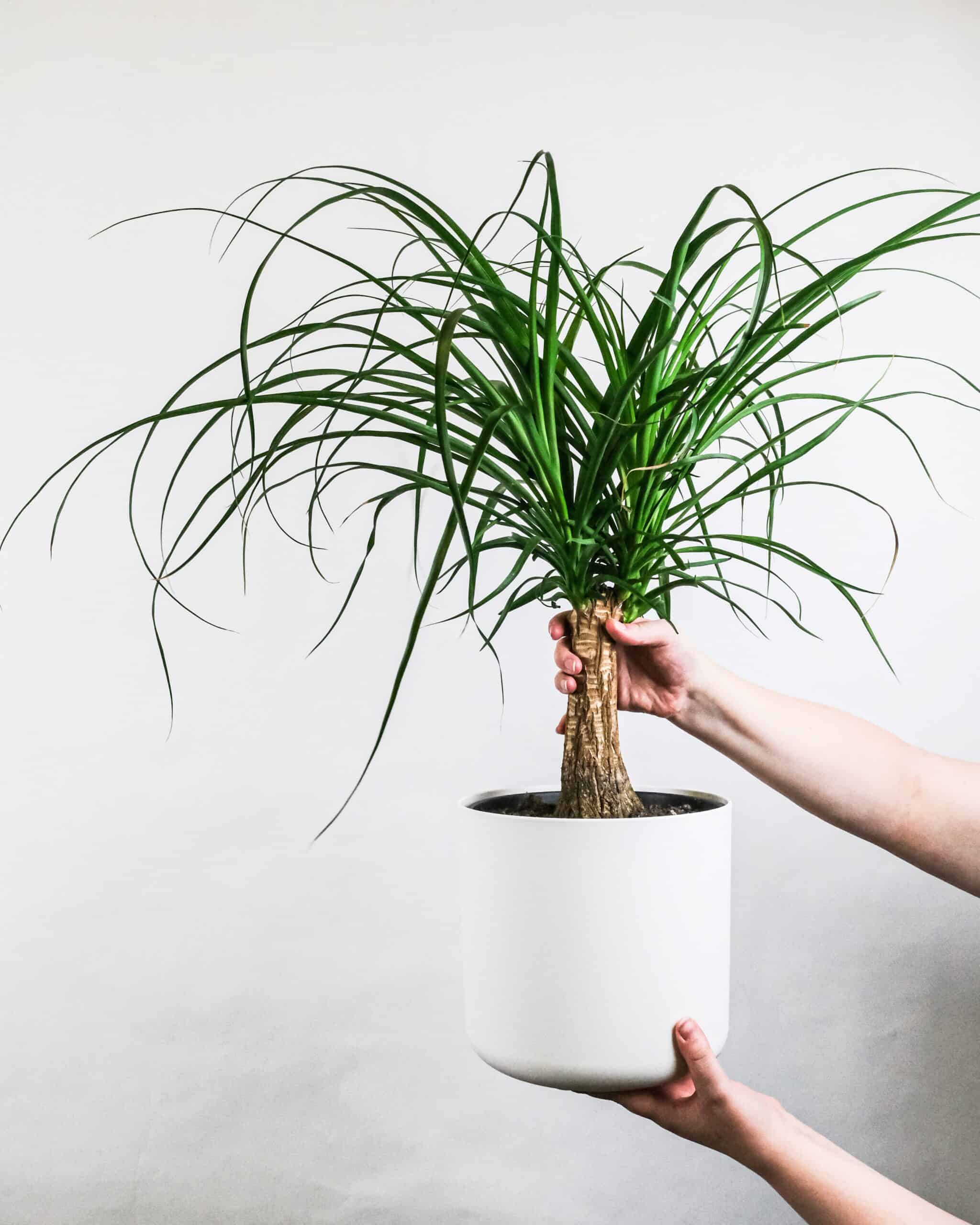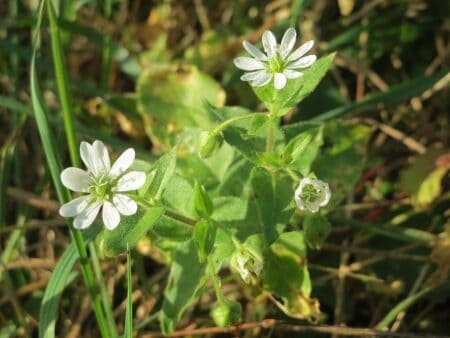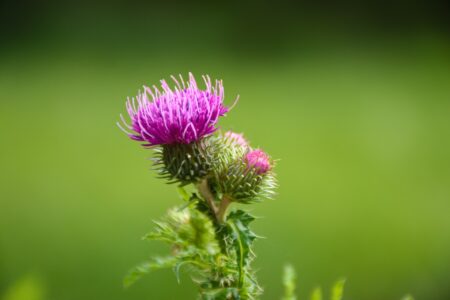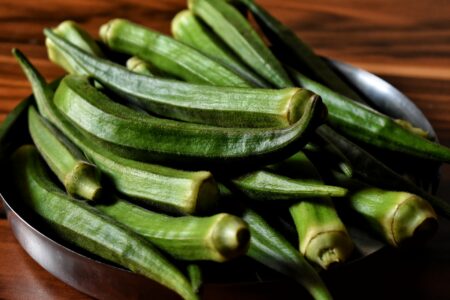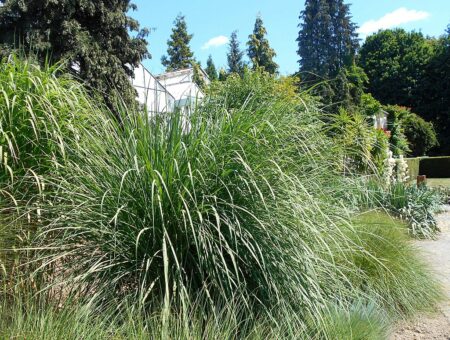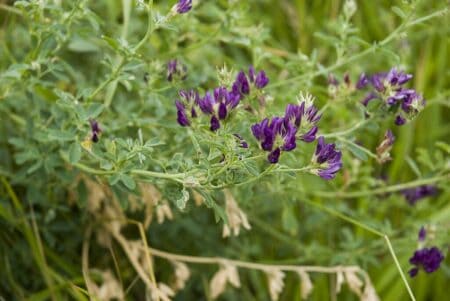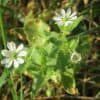Elephant’s foot (Beaucarnea recurvata) or ponytail palm is an evergreen perennial succulent, that looks kind of like a palm tree. It is native to Mexico. Elephant’s foot used to grow in many states of Mexico. Unfortunately, ponytail palm is now a critically endangered species and confined to the state of Veracruz.
Elephant’s foot can grow up to 15-30 feet tall (4.5-9.1 meters). The name elephant’s foot comes from its distinctly large caudex which can look similar to a foot of an elephant. Ponytail palm has a single palm-like trunk with smooth bark. It has long curly leaves and is easy to grow, which makes it a terrific houseplant. Mature elephant’s foot (more than 10 years old) will produce small white flowers, although this rarely happens indoors.
In this article, we will tell you how to grow Elephant’s foot. It is very easy to grow this plant, but just in case we will provide adequate information to help you succeed.
Grow & Care
Ponytail palms can growth rate is 12 inches (30 cm) a year when grown outdoors. Indoors, the growth rate is more likely to be 2-4 inches (5-10 cm) a year. Ponytail palms are very low-maintenance as houseplants, provided they get enough light and are planted in the correct soil. If you want to grow an elephant’s foot outdoors, the best planting time is during spring.
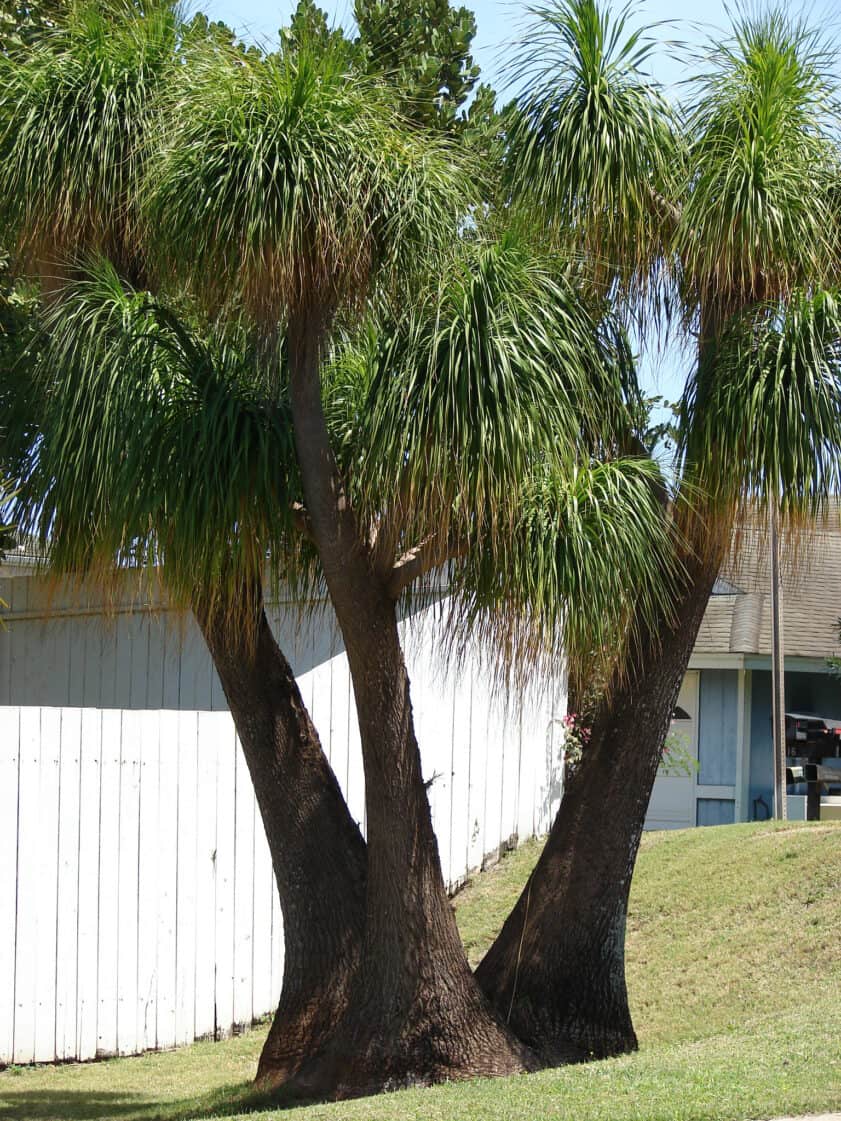
Soil & Fertilizer
Ponytail palm thrives in arid conditions and sandy nutrient rich soils. The best soil to grow elephant’s foot indoors is succulent or cactus mix with some added peat for nutrients.
If you want an elephant’s foot to grow faster, it would be a good idea to feed it liquid fertilizer 2 or 3 times during the growing season. During winter, it’s best not to fertilize at all. Leaves will have brown tips if you overfertilize.
Beaucarnea recurvata can live for a very long time in the right conditions, some of the ponytail palms in natural habitats are known to be at least 350 years old.
Light
Sunlight is very important to grow a healthy elephant’s foot plant. Indoors you should find the brightest spot in your room to grow it well. Preferrably near a south facing window.
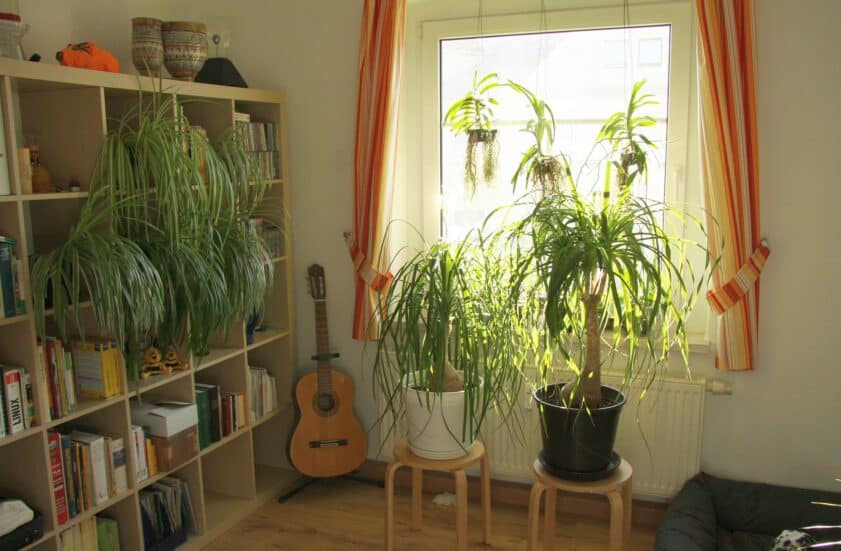
Climate
Ponytail palms can be grown outside in USDA Hardiness Zones 10-11 – they are winter-hardy to 23 degrees Fahrenheit (-5 degrees Celsius). Temperatures should always be above 50 degrees Fahrenheit (10 degrees Celsius) to grow elephant’s foot indoors.
When it comes to humidity, ponytail palm prefers low-humidity environments.
Watering
Ponytail palm does not need any additional water when grown outdoors. Only during periods of extreme drought. Indoors you should water the elephant’s foot once a week or once every other week. The bulbous stem of the ponytail palm stores water, so it does not need water even if the soil is dry. Before watering, the soil should be completely dry.

Propagating
Elephant’s foot is very difficult to propagate. Sometimes you can see offsets near the base of the plant, which you can prune and pot in cactus or succulent mix. Dip the lower part of the offset in the rooting hormone before you plant it.
Pests & Diseases
Ponytail palms are low-maintenance and barely get diseases. Most of the diseases such as stem rot or leaf spots are due to overwatering. Spider mites and mealybugs are the pests that can affect your succulent palm tree. Apply neem oil once you spot an infestation.
Conclusion
Elephant’s foot is an excellent houseplant. It is very low-maintenance, provided it is planted in the right soil and has access to a lot of sunlight. Ponytail palm will add tropical feel to your office or living quarters.

